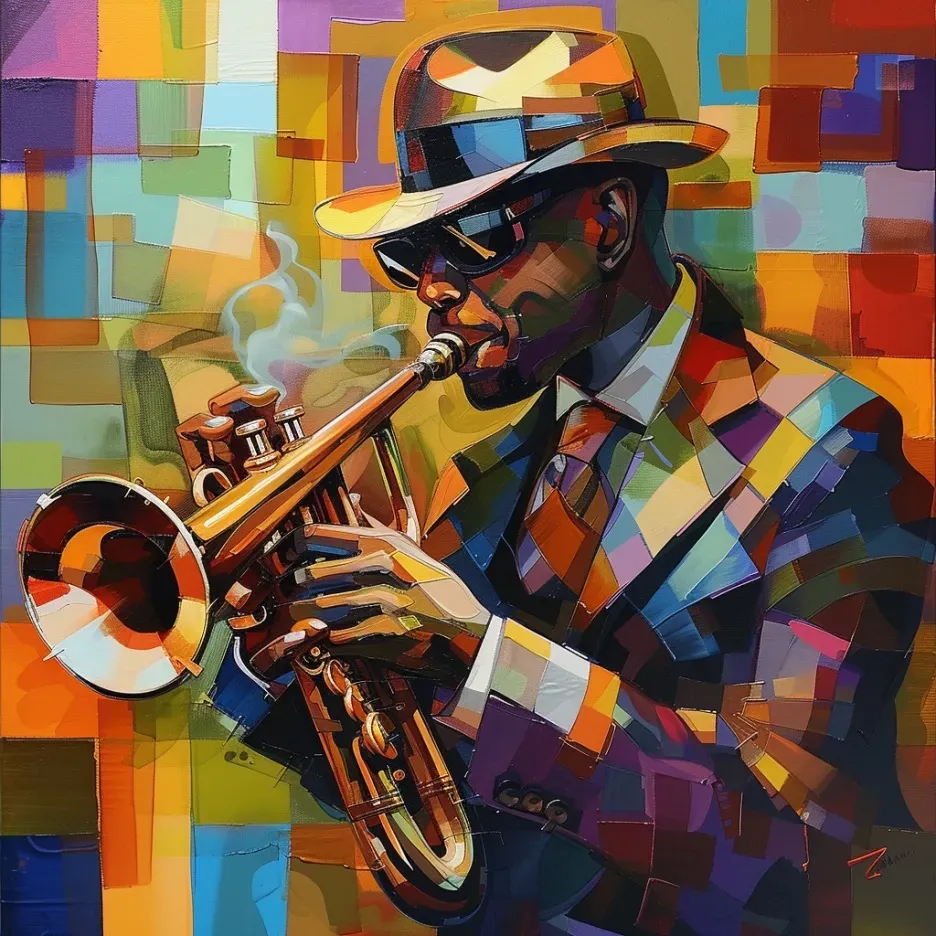American Music Through the Decades: A Harmonious Journey of Cultural Evolution

Music has always been a reflection of the times, a mirror that captures the spirit and essence of a society. In the United States, the evolution of music through the decades is a fascinating journey that mirrors the social, cultural, and political changes that have shaped the nation.
From the rhythmic beats of jazz and blues to the rebellious chords of rock 'n' roll and the lyrical flow of hip-hop, American music has not only entertained but also served as a powerful medium for expression and social commentary.
The Roaring Twenties: Jazz and Blues
The 1920s, often referred to as the Roaring Twenties, witnessed a cultural revolution that found its expression in the vibrant sounds of jazz and blues. Originating in African-American communities, jazz and blues music broke away from traditional European musical structures and embraced improvisation and syncopation.
Iconic figures like Louis Armstrong and Bessie Smith paved the way for a musical revolution that transcended racial boundaries. Jazz became the soundtrack of the era, symbolizing the spirit of liberation and freedom that defined the Roaring Twenties.
The Swing Era: Big Bands and Swing Dancing
As the nation navigated the challenges of the Great Depression, the swing era emerged as a beacon of joy and entertainment. Big bands led by legends like Benny Goodman and Duke Ellington took center stage, bringing swing music and dance into the mainstream.
The infectious rhythms of swing provided solace and escapism during a time of economic hardship. The popularity of swing dancing swept the nation, creating a social phenomenon that brought people together on dance floors across the country.
The Birth of Rock 'n' Roll: Rebellion and Revolution
The 1950s marked a turning point in American music with the birth of rock 'n' roll. Influenced by rhythm and blues, country, and gospel, this genre was characterized by its rebellious spirit and energetic beats. Elvis Presley, often hailed as the "King of Rock 'n' Roll," became an iconic figure, challenging societal norms with his provocative performances.
Rock 'n' roll became a symbol of youth culture, rebellion, and the desire for freedom. Artists like Chuck Berry, Little Richard, and Buddy Holly contributed to the genre's explosive growth, leaving an indelible mark on the American music landscape.
The Protest Anthems of the 1960s: Folk and Psychedelic Rock
The 1960s were a decade of social and political upheaval, and music played a pivotal role in voicing the sentiments of the era. Folk music, led by artists like Bob Dylan and Joan Baez, became the soundtrack of the civil rights movement and anti-war protests.
Meanwhile, psychedelic rock emerged as a countercultural phenomenon, with bands like The Beatles and Jefferson Airplane experimenting with new sounds and pushing artistic boundaries. The music of the 1960s not only reflected the turbulence of the times but also served as a unifying force for a generation seeking change.
The Disco Fever of the 1970s: Dance and Glamour
As the 1970s dawned, disco music took the stage, creating a cultural phenomenon that extended beyond just the music. Discotheques became the epicenter of nightlife, and artists like Donna Summer and the Bee Gees dominated the charts with danceable hits.
Disco represented a celebration of life, glamour, and hedonism, providing an escape from the challenges of the era. The popularity of disco was not only reflected in the music but also in the fashion and lifestyle that defined the era.
Hip-Hop's Rise: From the Streets to Mainstream
The late 1970s and early 1980s saw the emergence of hip-hop, a genre that originated in the South Bronx as a form of expression for marginalized communities. Hip-hop encompassed not only music but also elements of graffiti art, breakdancing, and MCing (rapping).
Grandmaster Flash, Run-DMC, and LL Cool J were among the pioneers who brought hip-hop from the streets to the mainstream. The genre's ability to convey powerful narratives and social commentary made it a voice for the unheard, addressing issues such as systemic inequality, racism, and poverty.
The Diversity of the 21st Century: Pop, R&B, and Electronic Music
The 21st century has witnessed a diverse musical landscape where genres like pop, R&B, and electronic music have taken center stage. The rise of technology has transformed the way music is created, produced, and consumed.
Artists like Beyoncé, Taylor Swift, and Kendrick Lamar have become influential figures, pushing boundaries and challenging norms. Electronic music, with its roots in underground subcultures, has become a global phenomenon, shaping the sound of contemporary music festivals and nightlife.
Conclusion
American music has traversed a remarkable journey through the decades, evolving in tandem with the nation's cultural, social, and political shifts. As we navigate the diverse sounds of the 21st century, one thing remains clear: American music continues to be a dynamic force, reflecting the ever-changing tapestry of the nation's identity.
